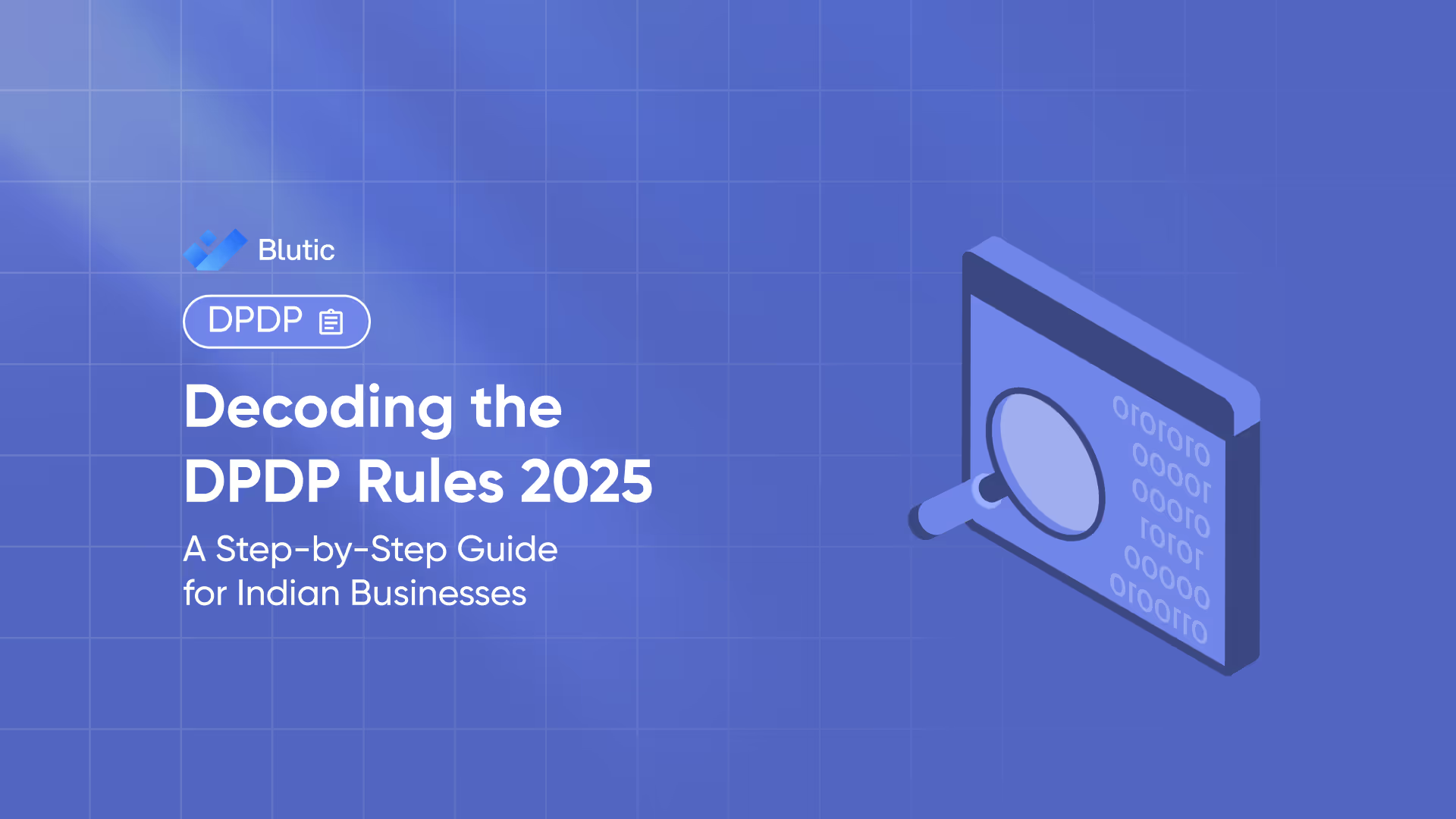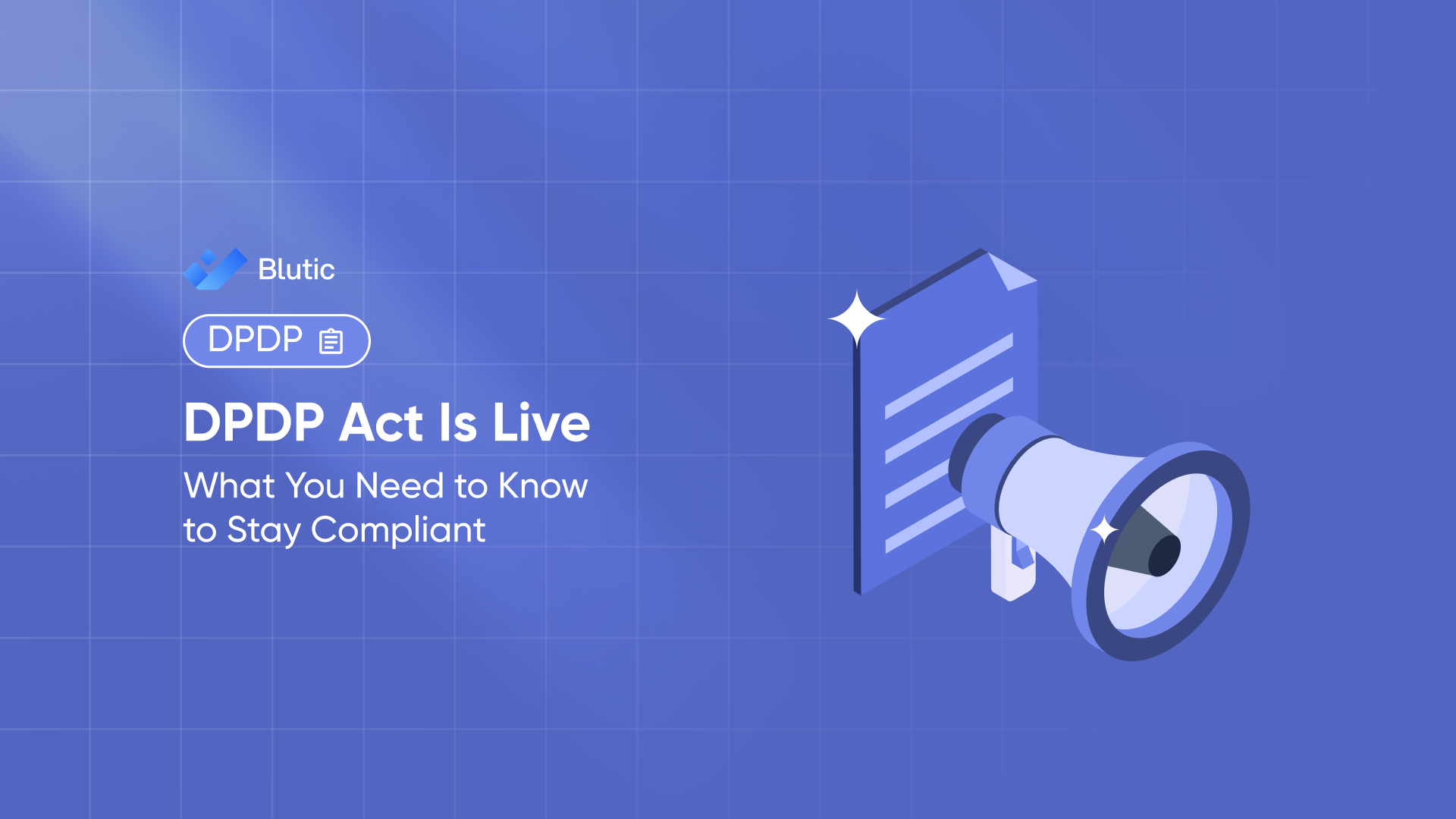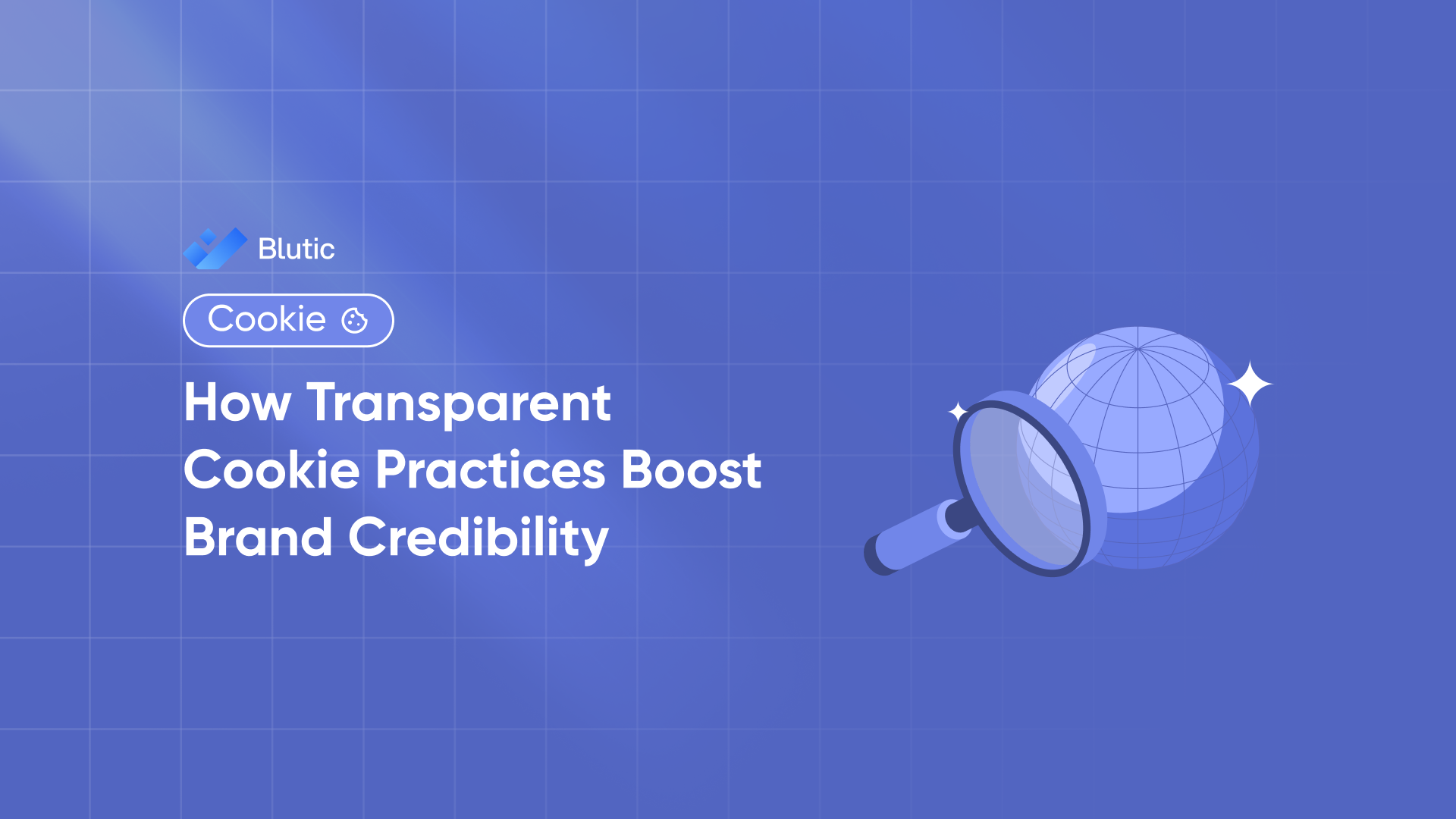Decoding the DPDP Rules 2025: A Step-by-Step Guide for Indian Businesses

What Are the DPDP Rules 2025?
The Digital Personal Data Protection (DPDP)Rules 2025 are detailed guidelines framed under the DPDP Act 2023,India’s landmark data protection law.
These rules set out how organizations must collect, store, process, and protect personal data of individuals (called data principals). They also lay down penalties for violations, which can go up to ₹250 crore.
For businesses, the message is clear: Privacy compliance is no longer optional it’s mandatory.
Why DPDP Compliance Matters for Your Business
Ignoring the DPDP Rules can lead to:
- Hefty penalties and legal action
- Customer distrust and reputational loss
- Operational disruption from enforcement actions
But getting compliance right can bring benefits like:
- Higher customer trust
- Smoother onboarding and data handling
- Competitive advantage in privacy-conscious markets
Step-by-Step DPDP 2025 Compliance Roadmap
Use this simple 7-step roadmap to align your business with the DPDP Rules 2025:
Step 1 : Map All Personal Data You Collect
- Create a data inventory of customer, employee, and vendor data.
- Trace how data flows through your systems — from collection to storage to deletion.
- Identify sensitive and high-risk data points
Goal: Full visibility over all personal data your business handles.
Step 2 : Obtain Clear and Verifiable Consent
- Show concise and plain-language consent notices.
- Collect opt-in consent before any data collection.
- Maintain timestamped consent logs for audits.
- Provide an easy withdrawal mechanism for users.
Goal: Build trust and reduce legal risks through valid consent.
Step 3 : Limit Data Use and Retention
- Use data only for the stated purpose.
- Avoid collecting unnecessary information.
- Delete or anonymize personal data after its purpose is fulfilled.
- Draft and publish a data retention policy.
Goal: Comply with DPDP’s principles of purpose and storage limitation.
Step 4 : Secure Personal Data with Robust Safeguards
- Use encryption, firewalls, and role-based access controls.
- Conduct regular security audits and penetration tests.
- Have an incident response plan ready for data breaches.
- Report breaches to the Data Protection Board within 72 hours.
Goal: Minimize risks of data leaks, breaches, and cyberattacks.
Step 5 : Enable Data Principal Rights
- Let users
- Access their personal data
- Correct or erase their data
- File grievances with a quick response
- Deploy self-service privacy dashboards or forms for easy access
Goal: Be transparent and empower users as required by the DPDP Rules.
Step 6 : Appoint a Data Protection Officer (DPO)
- If you process large volumes of personal data, appoint a DPO.
- The DPO should:
- Oversee DPDP compliance
- Serve as the contact point for the Data Protection Board
- Handle user grievances and audits
Goal: Establish dedicated accountability for privacy compliance.
Step 7 : Stay Audit-Ready at All Times
- Maintain updated:
- Consent records
- Privacy notices
- Data Protection Impact Assessments (DLPIAs)
- Conduct quarterly internal audits.
- Train employees on privacy best practices and breach handling.
Goal: Avoid penalties by proving continuous compliance.
What Are the Penalties Under DPDP 2025?
- Up to ₹250 crore per violation for severe breaches
- Fines for failure to report breaches, obtain consent, or safeguard data
- Possible restrictions on processing operations until compliance is achieved
Compliance is cheaper than non-compliance.
Key DPDP 2025 Compliance Checklist
Here’s a quick recap of what your business must do:
- Map all personal data flows
- Collect informed consent and store records
- Publish privacy and retention policies
- Encrypt and secure all personal data
- Enable user rights portals
- Appoint a DPO (if applicable)
- Conduct regular audits and staff training
Frequently Asked Questions
Any organization that collects or processes personal data of individuals in India, regardless of size or sector.
Any information that can directly or indirectly identify an individual — such as names, emails, contact numbers, location data, or financial details.
No. Only entities classified as Significant Data Fiduciaries must appoint a DPO. Smaller entities can designate a privacy officer voluntarily.
Non-compliance can lead to penalties up to ₹250 crore, reputational damage, and restrictions on processing activities.
The DPDP Act is India’s new data protection law that governs how businesses must collect, use, and protect personal data of individuals.





